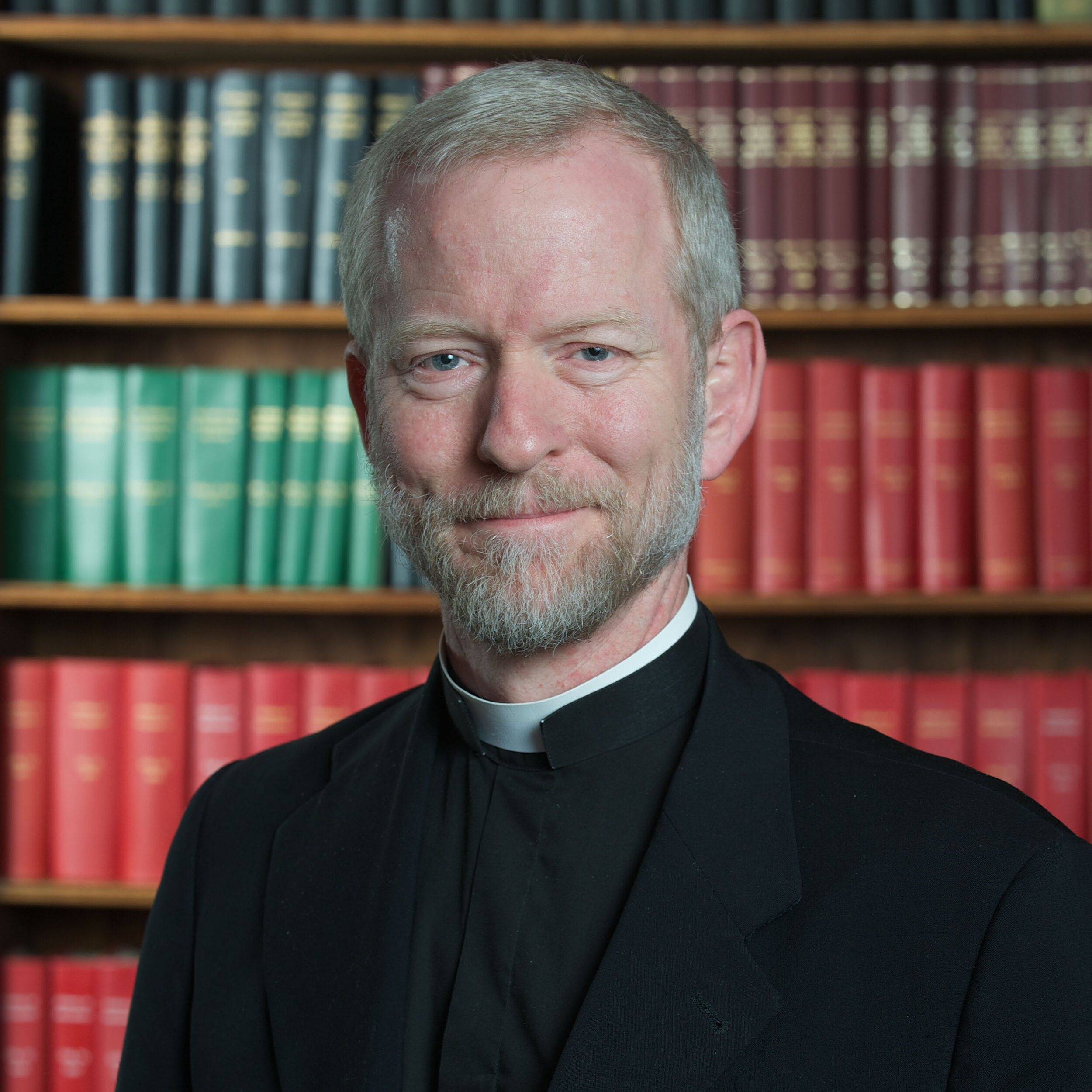Making Sense of Bioethics: Column 066: Humans in "Frozen Orphanages"
A key argument in the embryonic stem cell debate — widely invoked by scientists, patient advocacy groups, and politicians — involves the fate of frozen embryos. Barack Obama put it this way in 2008:
If we are going to discard those embryos, and we know there is potential research that could lead to curing debilitating diseases - Alzheimer’s, Lou Gehrig’s disease - if that possibility presents itself, then I think that we should, in a careful way, go ahead and pursue that research.”
The head of the National Institutes of Health, Dr. Francis Collins, embraced this same line of reasoning by asking a rhetorical question during a recent CNN interview: “Ethically, isn’t it more justifiable, if those embryos have been created, to use them for a purpose that might help somebody with a disease as opposed to simply discarding them?”
This argument sounds reasonable on first hearing. We prefer to recycle aluminum cans, rather than uselessly tossing them into landfills. It seems as if we should handle surplus frozen embryos in a similar way, getting some benefit out of them rather than discarding them.
Yet this argument has a deceptive, even seductive character because of the way it sets up a false dichotomy: either one discards the embryos or one destroys them in the laboratory to obtain miraculous cures for diseases. An important third option is often not even mentioned: namely, that we continue to store the embryos in their current, frozen state as part of our moral duty to care for our own offspring. They could be cryopreserved until a morally acceptable option for rescuing them presents itself (if such an option, in fact, exists), or until they eventually die of their own accord in the deep freeze.
Discarding an embryo, it is important to be clear, means ending the life of a young human being, the tiny life that each of us once was at an earlier time. The embryos to be discarded are usually first thawed, and many do not survive this first step; those that do are summarily discarded as medical waste. A few years ago, Cardinal Sean O’Malley described the reality of what happens in the fertility clinic this way: “In discarding these embryos, the medical staff become their unwilling executioners, but executioners nonetheless.”
Perhaps an analogy can help us better visualize why we should not discard embryos or sacrifice them for research. Imagine a typical fertility clinic with a large room where several tanks filled with liquid nitrogen were holding a few hundred cryo-preserved human embryos, a kind of “frozen orphanage,” as these tanks are sometimes called.
In the building next door there happens to be a real orphanage filled with toddlers between the ages of 1 and 3 years old who are awaiting adoption. Suppose that the owner of the orphanage happens to be a shady character who has recently decided to take some of the “unadoptable” infants and clandestinely discard them into the dumpster behind the orphanage where they eventually die. Suppose also that when the local mayor learned about the children being put into the dumpster, he had the gall to suggest that since they were going to be thrown out anyway, we should start sacrificing them for scientific research and harvesting their organs for transplantation into sick patients.
Our first instinct would be to recoil with abhorrence at the proposal. We might prosecute the orphanage owner (and drum the mayor out of office as well). We would insist that each infant in the orphanage deserves full protection. Our children in frozen orphanages deserve nothing less.
Most of us, upon reflection, have a practical awareness that embryos ought not be discarded. A few years ago, the New York Times ran a piece entitled, “The Job Nobody at the Fertility Clinic Wants.” That job was the destruction of spare embryos. Medical staff members, when interviewed, said they dreaded being picked to carry out the discarding of embryos when patients requested it. A clinic director in Chicago described how often he had to destroy the embryos himself because his staff found the task so distasteful. The staff understood and had seen firsthand how these same embryos, when implanted, would yield beautiful, bubbly babies who brought joy and happiness to their parents. They seemed to appreciate instinctively, as each of us should, how living human embryos, even in the deep freeze, should never be discarded down the chute into the biohazard disposal or used as “raw material” for possible medical advances.
Copyright © 2020, The National Catholic Bioethics Center, Philadelphia, PA. All rights reserved.

